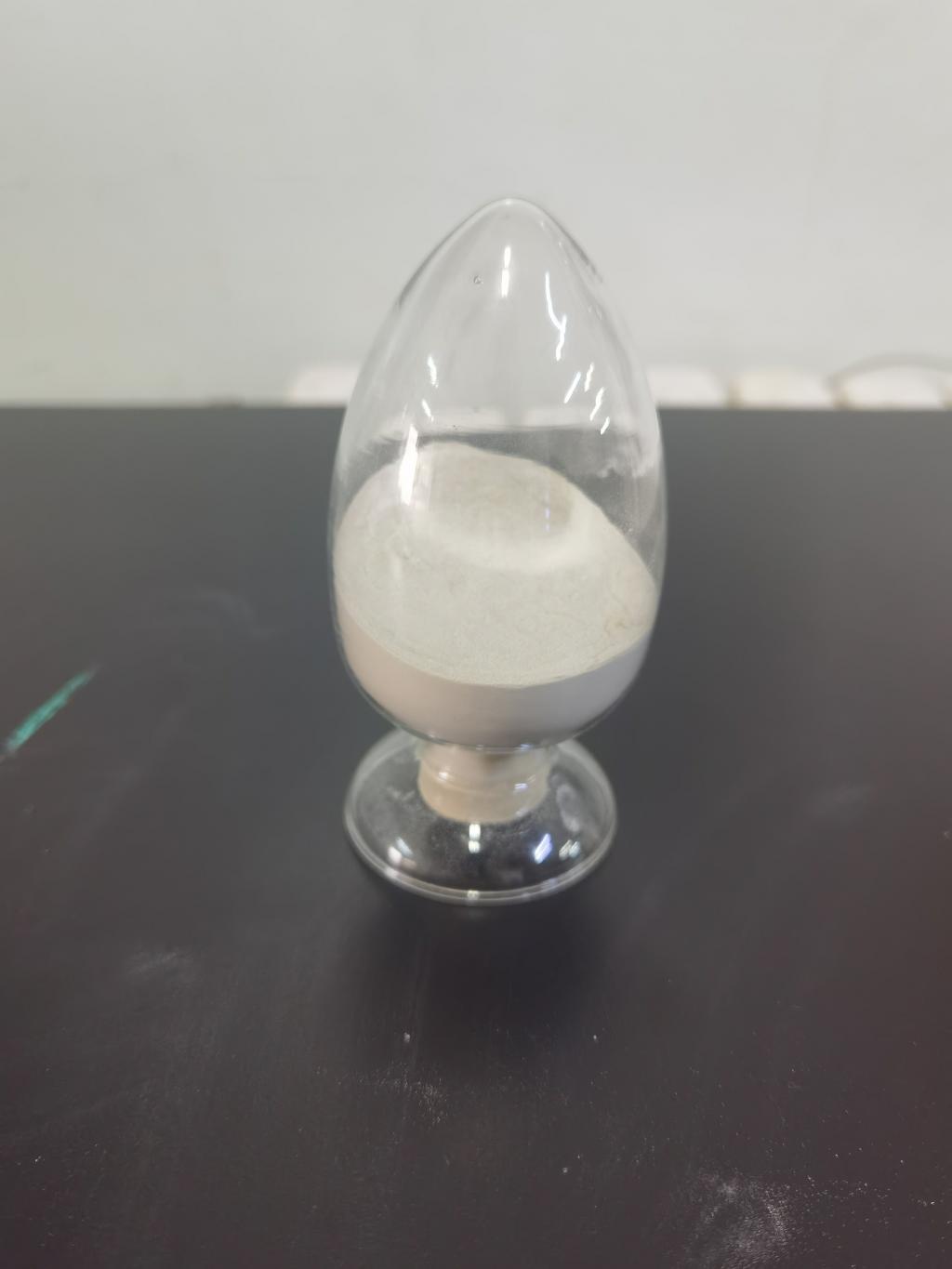Tel:+8618231198596

News
 CONTACT
CONTACT
 CONTACT
CONTACT
- Linkman:Linda Yao
- Tel: +8618231198596
- Email:linda.yao@dcpharma.cn
- Linkman:CHARLES.WANG
- Department:Overseas
- Tel: 0086 0311-85537378 0086 0311-85539701
News
Current Position:
Home >
News
>The use of nisin helps reduce the need for synthetic preservatives in food products.
The use of nisin helps reduce the need for synthetic preservatives in food products.
TIME:2024-03-20
Understanding Nisin:
Nisin is a naturally occurring antimicrobial peptide primarily derived from the bacterium Lactococcus lactis. Discovered nearly a century ago, it has gained recognition for its potent antimicrobial properties against a wide range of Gram-positive bacteria, including foodborne pathogens and spoilage organisms. Unlike synthetic preservatives, nisin is recognized as safe by regulatory agencies and is considered a natural ingredient, aligning with consumer preferences for clean labels and transparent food production practices.
Mechanism of Action:
The efficacy of nisin as a preservative lies in its unique mechanism of action. Upon contact with target bacteria, nisin binds to lipid II, a precursor molecule involved in cell wall synthesis. This binding disrupts membrane integrity, leading to leakage of cellular contents and eventual cell death. Importantly, nisin exhibits selective activity against Gram-positive bacteria, sparing beneficial microorganisms such as probiotics commonly found in fermented foods.
Applications in Food Products:
Nisin's versatility makes it suitable for a wide range of food applications. It can be incorporated into various food matrices, including dairy products, meat and poultry, baked goods, beverages, and canned foods. In dairy products, nisin inhibits the growth of spoilage bacteria and extends shelf life without compromising flavor or texture. In meat and poultry, it helps prevent the growth of pathogens such as Listeria monocytogenes, enhancing food safety. Similarly, in baked goods and beverages, nisin inhibits mold and yeast growth, prolonging freshness.
Benefits of Nisin:
The use of nisin offers several advantages over synthetic preservatives. Firstly, it provides an effective means of controlling microbial growth without the use of chemical additives, addressing concerns about the potential health risks associated with synthetic preservatives. Additionally, nisin's natural origin and generally recognized as safe (GRAS) status appeal to consumers seeking clean-label products. Furthermore, nisin's compatibility with existing food processing methods and its ability to work synergistically with other preservation techniques make it a valuable tool for food manufacturers.
Reducing Reliance on Synthetic Preservatives:
By incorporating nisin into food products, manufacturers can reduce their reliance on synthetic preservatives while maintaining product safety and quality. This shift aligns with consumer preferences for natural and minimally processed foods, driving demand for clean-label products. Moreover, the use of nisin supports sustainable food production practices by reducing the environmental impact associated with synthetic preservatives.
Challenges and Considerations:
Despite its numerous benefits, the widespread adoption of nisin faces certain challenges and considerations. Regulatory requirements vary across regions, necessitating clear guidelines for the use of nisin in different food applications. Additionally, the stability of nisin in various food matrices and its potential interactions with other ingredients require careful consideration during product formulation. Furthermore, consumer awareness and acceptance of nisin as a preservative may influence its market penetration.
Future Prospects:
Looking ahead, the future of nisin in food preservation appears promising. Advances in biotechnology and formulation techniques may enhance the stability and efficacy of nisin in food products. Moreover, research into novel applications of nisin, such as encapsulation and controlled release systems, could further expand its utility in diverse food matrices. As consumer demand for natural and sustainable food options continues to grow, nisin is poised to play a significant role in shaping the future of food preservation.
Conclusion:
Nisin represents a natural and effective alternative to synthetic preservatives in food products. Its ability to control microbial growth while meeting consumer preferences for clean-label and minimally processed foods makes it a valuable tool for the food industry. By reducing reliance on synthetic preservatives, nisin contributes to safer, healthier, and more sustainable food systems. As food manufacturers embrace the potential of nisin, they pave the way for a future where food preservation is synonymous with safety, quality, and natural ingredients.
- Tel:+8618231198596
- Whatsapp:18231198596
- Chat With Skype







